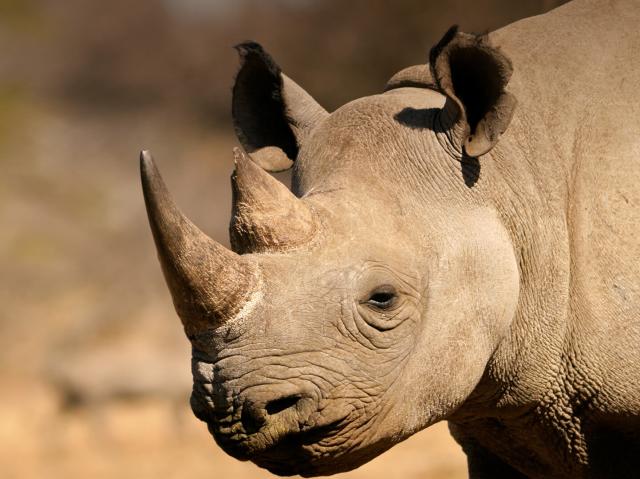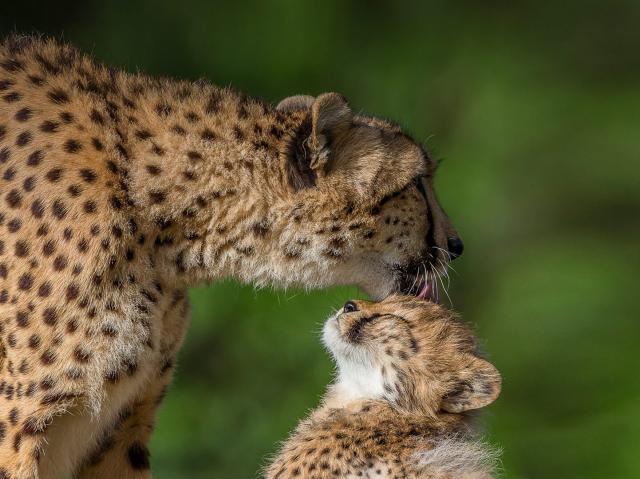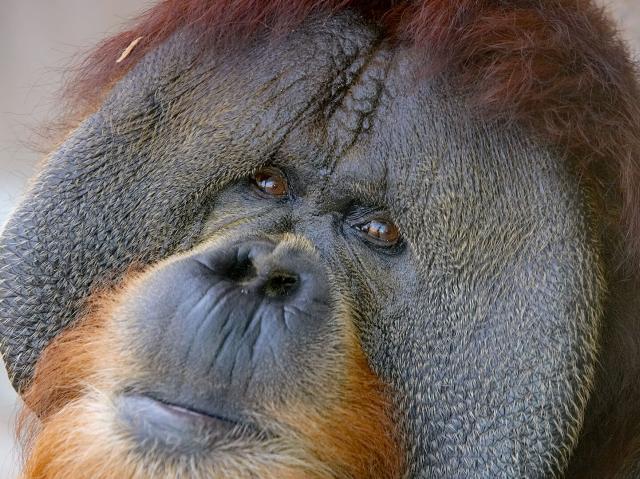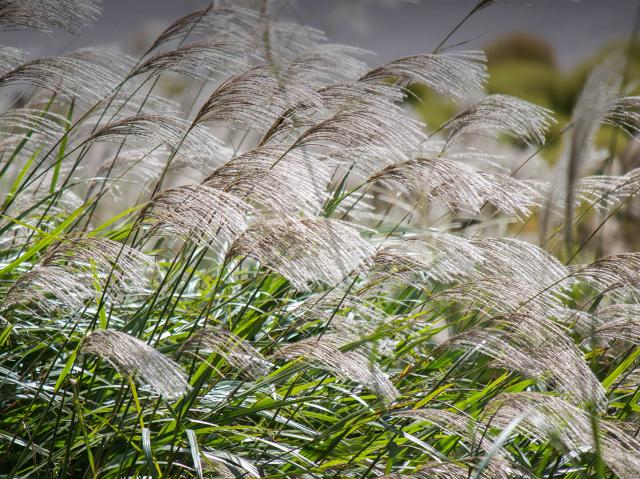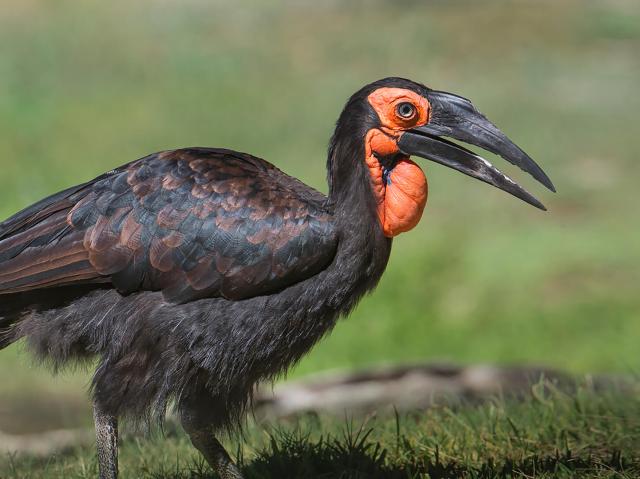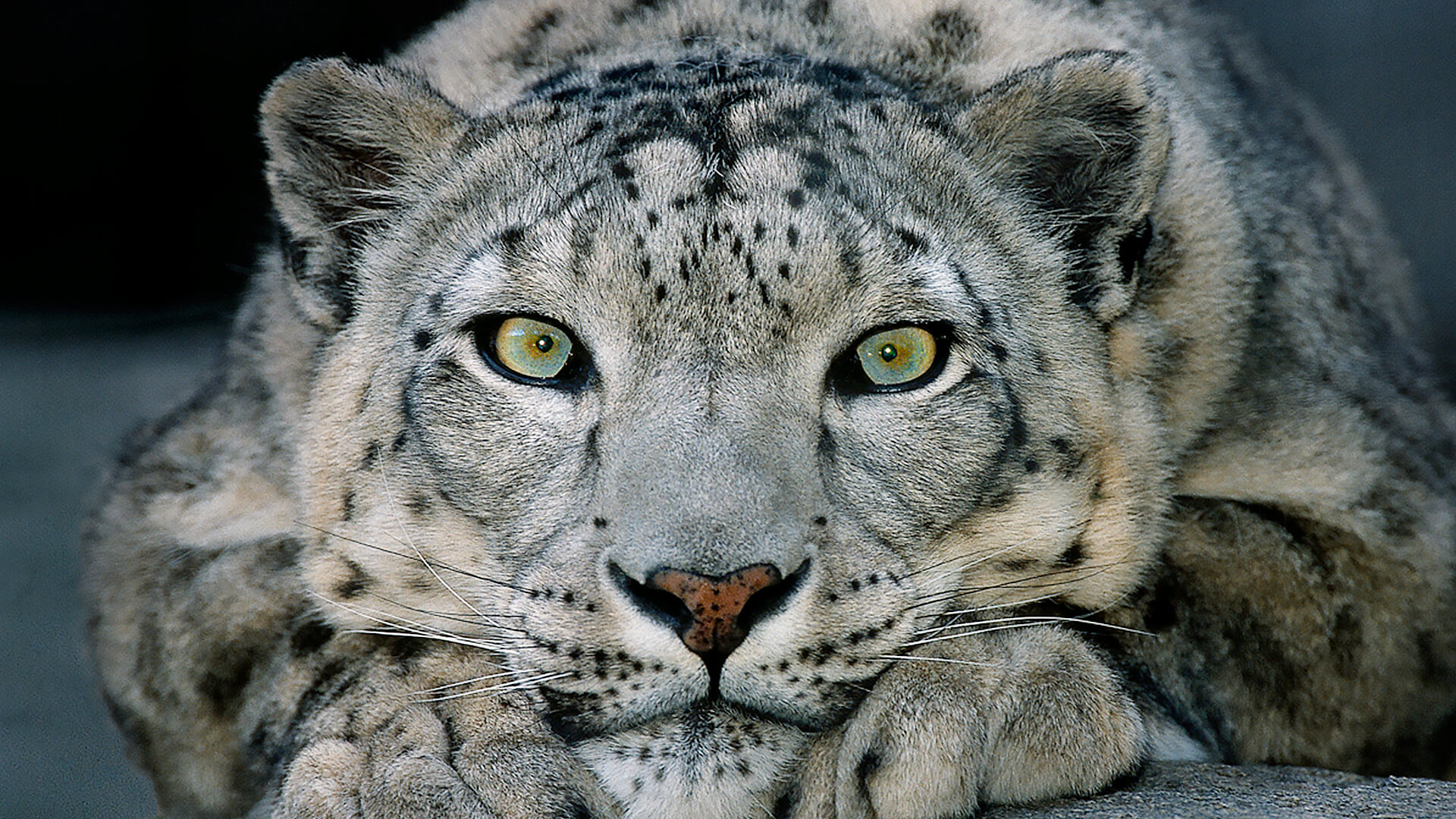
Snow Leopard

- CLASS: Mammalia (Mammals)
- ORDER: Carnivora
- FAMILY: Felidae
- GENUS: Panthera
- SPECIES: uncia

ABOUT
Living at the top of the world: Legendary snow leopards are rarely seen in their native habitat, as they live high in the mountains of Central Asia. Although the cats freely cross the international boundaries of 12 countries, their secretive behavior and remote habitat among the highest mountains in the world add to their mystery. Because of their shy behavior and uncanny, almost mystical ability to disappear among the rocks, snow leopards have entered the folklore of local peoples in many countries and have been described as shape-changing mountain spirits.
Snow leopards are almost impossible to locate and study in their native habitat, because they blend in with their surroundings so well. Add the extreme conditions of cold and steep terrain, often beyond the limits of human endurance, and it is extremely difficult to radio tag snow leopards for conservation research.
Smoky gray and blurred black markings on a pale gray or cream-colored background provide the snow leopard with superb camouflage in the mountains. These “spots” are arranged in distinct rows and get paler in the winter. No wonder this medium-sized cat has been called the ghost cat of the Himalayas! Snow leopards have dense fur not found on cats in warmer climates. They move to different altitudes along with the summer and winter migrations of their prey, so their coats vary from fine in the summer to thick in the winter.
HABITAT AND DIET
A unique cat in an extreme habitat: So how do snow leopards live at high altitudes? They keep mainly to cliffs and rocky slopes, below the permanent snow line. Snow leopards have a relatively small head with a short, broad nose that has a large nasal cavity that passes cold air through and warms it. Their huge paws have fur on the bottom that protects and cushions their feet for walking, climbing, and jumping. The wide, furry paws also give the cat great traction on snow.
Short, well-developed front legs and chest muscles help with balance when climbing. The snow leopard's incredibly long, thick, and beautiful tail also helps with balance and is sometimes as long as the cat's body!
Most active at dawn and dusk, snow leopards are powerful predators capable of killing prey two to three times their own weight. Recent radio-tracking data shows they bring down prey every 10 to 15 days. Blue sheep and ibex are their main food, along with marmots, game birds, small rodents, and livestock. Snow leopards stalk their prey, then spring and grab onto it.
Problems arise in the winter, when marmots are hibernating and snow leopards turn to livestock for food. This brings them into conflict with herders and farmers. And as marmots are hunted for their pelts and meat or killed as pests by farmers, snow leopards must hunt livestock more often. This creates the cycle that puts snow leopards in direct competition with people.
At the San Diego Zoo, our snow leopards are fed a ground meat product made for zoo carnivores most days, large bones two times per week, and a thawed rabbit once a week.
FAMILY LIFE
Living in such rocky terrain, it isn't easy for snow leopards to find one another. Typically solitary and nomadic, the cats advertise their presence by leaving distinct signals along their travel routes, scent marking and claw raking on boulders and tree trunks. Sometimes they deposit urine and/or feces samples in scraped soil depressions as messages. Even cheek rubbing can spread scent, so all of these smell "advertisements" can remain for days and weeks to mark off ranges.
Like other larger cats, snow leopards hiss, growl, moan, and yowl, but they do not roar, as their throat is similar to that of the smaller cats; instead, snow leopards make a friendly chuff and can purr, too.
When breeding season arrives, January through late March, snow leopards send vocal messages to pair up. After breeding, the male goes off, and the female is responsible for finding a safe place to have and rear her cubs, most likely a nest among the rocks (only recently, through the use of GPS technology, has a den with cubs been located). Usually two or three cubs are born to a litter in June or July. The cubs are much darker than their mother, and their eyes open when they are about seven days old.
By two months old, they can run and eat solid food. At three months of age, the youngsters are ready to learn how to hunt for that food. Youngsters usually leave the mother at 18 to 22 months, reaching sexual maturity at 2 to 3 years of age.
CONSERVATION
No one knows for sure how many snow leopards remain in their native habitat, due to their elusive nature and challenging (for humans!) habitat, but it is estimated that there are no more than 4,000 to 6,500 of the ghost cats over their entire range. Historically, habitat remoteness served to protect snow leopards from humans, particularly conflicts with herders and farmers. Indeed, there are no known snow leopard attacks on humans, as the cats would rather run away than fight. But with human encroachment into the high mountain ranges comes competition for living space and food.
The snow leopard’s beautiful coat has also been its undoing, as they have been hunted for their fur until their numbers became severely reduced. Many countries have banned the import of snow leopard fur, but the trade persists, primarily because of human poverty. And although snow leopards are listed as an endangered species, they continue to be hunted for their bones and organs, too, which are used in traditional Asian medicines. Mining activities also continue to degrade habitat, forcing snow leopards and their prey to move into less suitable areas where they can come into conflict with human efforts to survive in the harsh mountain habitats.
Cooperation between governments, conservation agencies, and the general public is essential. If the farmer and herder's quality of life can be improved through better management of grazing lands, payment for livestock preyed upon by the cats, and more health care and education services, then we have a chance to protect snow leopards and other wildlife in the region.
The Snow Leopard Trust, based in Seattle, is a nonprofit organization dedicated to the conservation of snow leopards. The Trust believes the cats can be helped through a balanced approach that considers the needs of local people and the environment and includes education programs, training, and support for park and reserve staff in various countries. There are now more than 100 protected areas for snow leopards, 36 of which are found on international borders.
San Diego Zoo Wildlife Alliance takes part in the Association of Zoos and Aquariums’ Species Survival Plan for snow leopards and provides direct support to the Snow Leopard Trust. By supporting San Diego Zoo Wildlife Alliance, you are our ally in saving and protecting wildlife worldwide.
Sounds
LIFE SPAN
Possibly 10 to 13 years, up to 22 years in zoos
YOUNG
Gestation: 98 to 104 days
Number of young at birth: 1 to 4 (2 is average litter size)
Weight at birth: 11 to 25 ounces (320 to 708 grams)
Age of maturity: 2 to 3 years
SIZE
Length: 39 to 51 inches (99 to 130 centimeters) long, females are slightly smaller
Height: About 24 inches (60 centimeters) at shoulder
Tail length: 31 to 39 inches (80 to 100 centimeters)
Weight: Females - 77 to 88 pounds (45 to 55 kilograms); males - 99 to 121 pounds (45 to 55 kilograms)
FUN FACTS
Surefooted climbers, snow leopards have been seen at altitudes as high as 18,000 feet (6,000 meters) in summer.
Snow leopards can jump and pounce on prey as far as six times their body length.
The snow leopard's long, thick, and luxurious tail acts as a built-in comforter when the cat wraps it around its body for added warmth.





